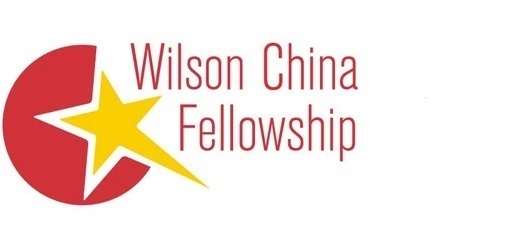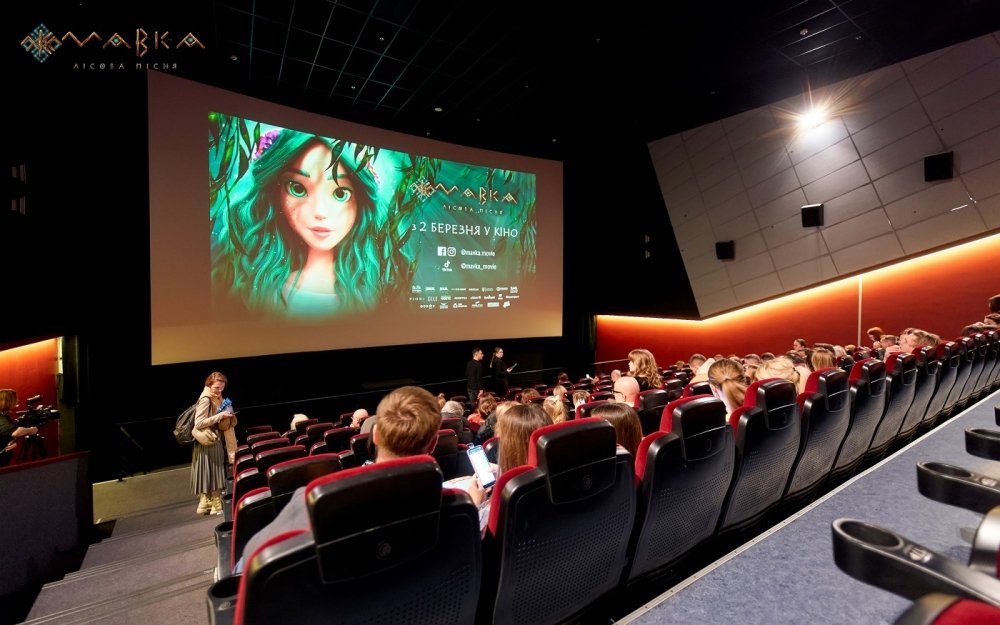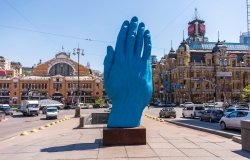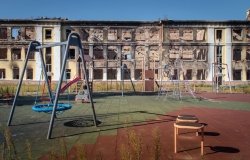
A blog of the Kennan Institute
Keep the Cameras Rolling
Rockets flew overhead as the Film.UA movie studio opened its large bomb shelters to neighborhood residents seeking protection during the first months of the Russian full-scale invasion. Many stayed for weeks, and one woman gave birth to a baby girl in a studio basement.
Founded in 2002 by lawyer Sergey Sozanovsky, Film.UA was, by 2022, one of the region’s major production companies for new movies and television series. Sozanovsky had worked with Inter TV, where he hired a young comedian named Volodymyr Zelensky to star in a new television series, Servant of the People. He realized around his time that there was space within the Russian and Ukrainian media worlds for a studio company that could mount productions which were less expensive than importing films and shows from abroad.
Most of the new studio’s business came from Russian television channels, but these orders disappeared in the wake of the 2014 Russian seizure of Crimea. The company turned further abroad in search of new markets. By 2022, it had released 14 feature films, several of which were sold to Netflix and European broadcasters. Orders for television miniseries from European stations began to roll in, as did work on documentary films from around the world.
After the February 2022 Russian invasion, Film.UA struggled to keep employees paid and neighbors safe. Many studio workers already had been working at home due to the COVID pandemic. Those who did not head off to the military wanted to help their country in any way possible. By mid-2022, production picked up, especially after the German distributor Red Arrow Studios International invested in a six-episode series about the war, Those Who Stayed. That series garnered top viewership on Netflix and various European streaming services and broadcast channels.
Recognizing that Ukrainian viewers had little interest in watching stories of a war unfolding outside their windows, Film.UA turned to lighter fare for the domestic market. Box office sales in Ukraine for its full-length animated feature Mavka: The Forest Song have more than doubled the company’s initial $8 million investment. Based on tales and characters drawn from Slavic mythology, this has been the company’s most successful film to date, with spin-off products becoming staples of Ukrainian children’s bedrooms.
Ukrainian cinema has enjoyed artistic success for more than a century, with film studios in Odesa long forming a Eurasian Hollywood. Director Oleksandr Dovzhenko was one of the earliest Soviet master filmmakers, pioneering what would become Soviet montage theory. Sergei Parajanov, Sergei Bondarchuk, and Ihor Podolchak are but a few notable directors to emerge from Ukraine. Sozanovsky’s wisdom lies in recognizing how he could leverage that legacy—and the scores of top professionals who made it possible—for 21st century success.
With eight sound stages, restaurants, shops, an outdoor village, botanical garden, and costume department, Film.UA’s sprawling workshops are now a well-known presence in Kyiv’s distant Troyeshchnya neighborhood. This area is, in many ways, indistinguishable from hundreds of other socialist neighborhoods built in the 1960s, 1970s, and 1980s anywhere between Berlin and Beijing. Few physical indicators suggest a Ukrainian Hollywood in the making.
Shortly after independence, however, one of the Ukrainian capital’s most robust, if scraggly, markets grew up here. As authorities cracked down on small-scale merchants in the city’s center, they gathered along open fields straddling the city’s northeast border. This spatial ambiguity between jurisdictions lent some security from official harassment (although criminal gangs known in Ukraine as “mafias” quickly moved into this power vacuum).
The market attracted large numbers of immigrant merchants and their families, and by the beginning of this century, Troyeshchnya had become home to significant Afghan, Vietnamese, Pakistani, Indian, and Chinese communities. The market grew to more than 5,000 stalls at its height, employing some 20,000 Kyivans, making the neighborhood one of the city’s most dynamic by the time Film.UA set up shop. Home to nearly a quarter-million residents before 2022, the area’s post-independence social and economic vitality made it a suitable spot for a film studio.
The war has further cemented the relationship between studio and city. Film.UA’s continuing success despite the ongoing war, combined with Troyeshchnya’s vitality, point to a possible postwar future that can sustain Ukraine through difficult times.
The opinions expressed in this article are those solely of the author and do not reflect the views of the Kennan Institute.
See our newest content first.
Subscribe to receive the latest analysis from Focus Ukraine.
About the Author

Blair A. Ruble
Former Wilson Center Vice President for Programs (2014-2017); Director of the Comparative Urban Studies Program/Urban Sustainability Laboratory (1992-2017); Director of the Kennan Institute for Advanced Russian Studies (1989-2012) and Director of the Program on Global Sustainability and Resilience (2012-2014)
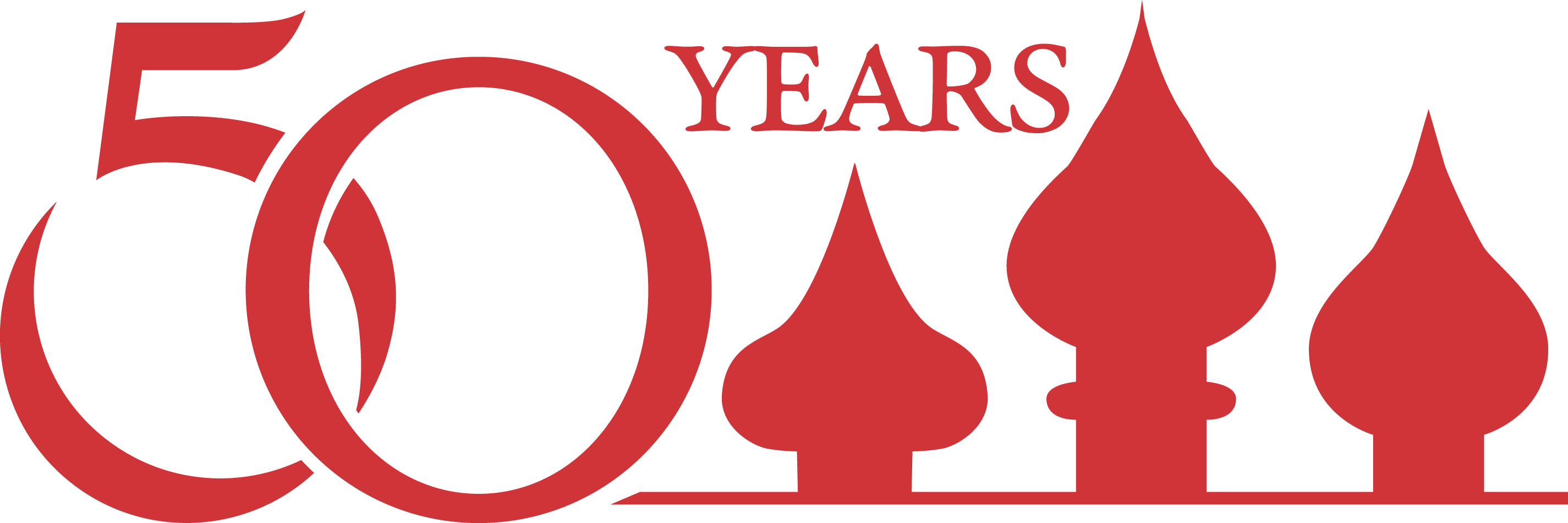
Kennan Institute
The Kennan Institute is the premier US center for advanced research on Eurasia and the oldest and largest regional program at the Woodrow Wilson International Center for Scholars. The Kennan Institute is committed to improving American understanding of Russia, Ukraine, Central Asia, the South Caucasus, and the surrounding region though research and exchange. Read more
